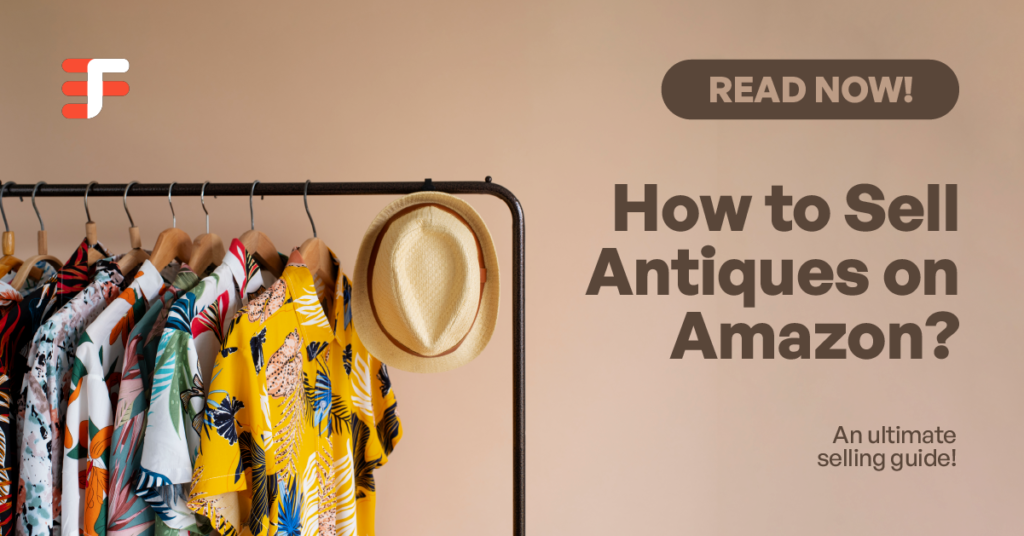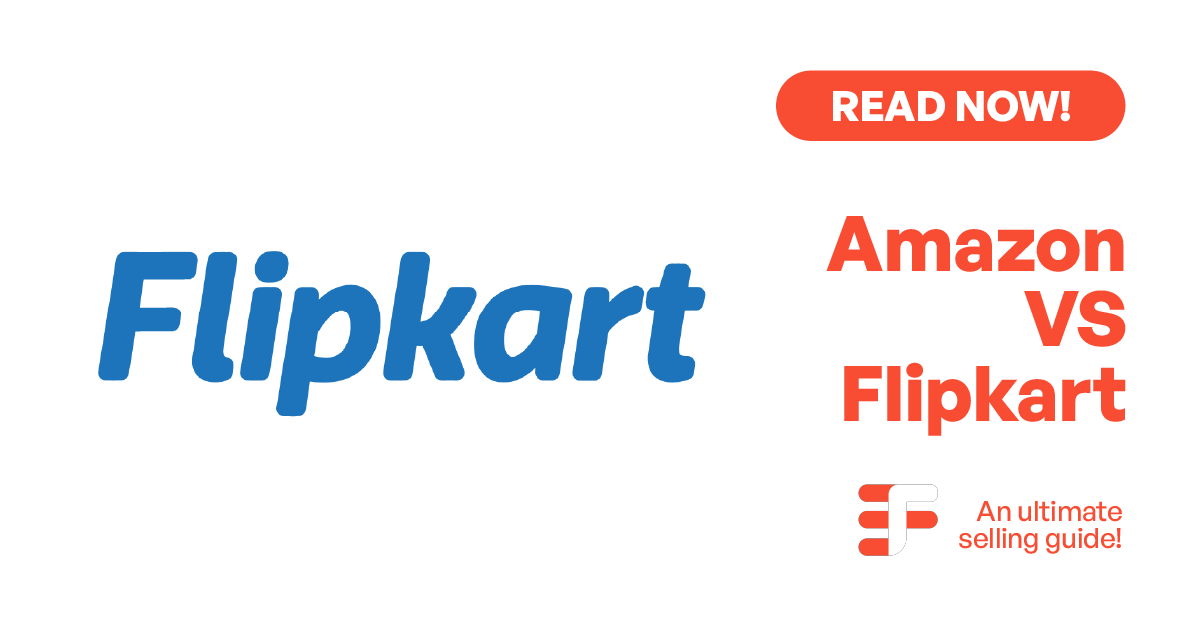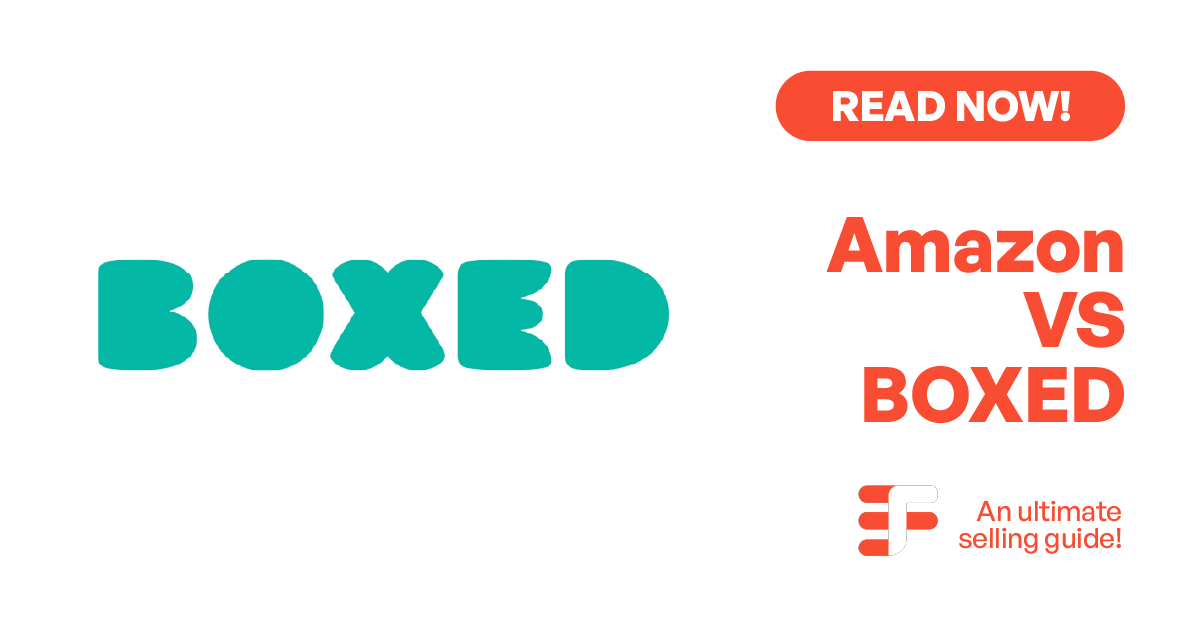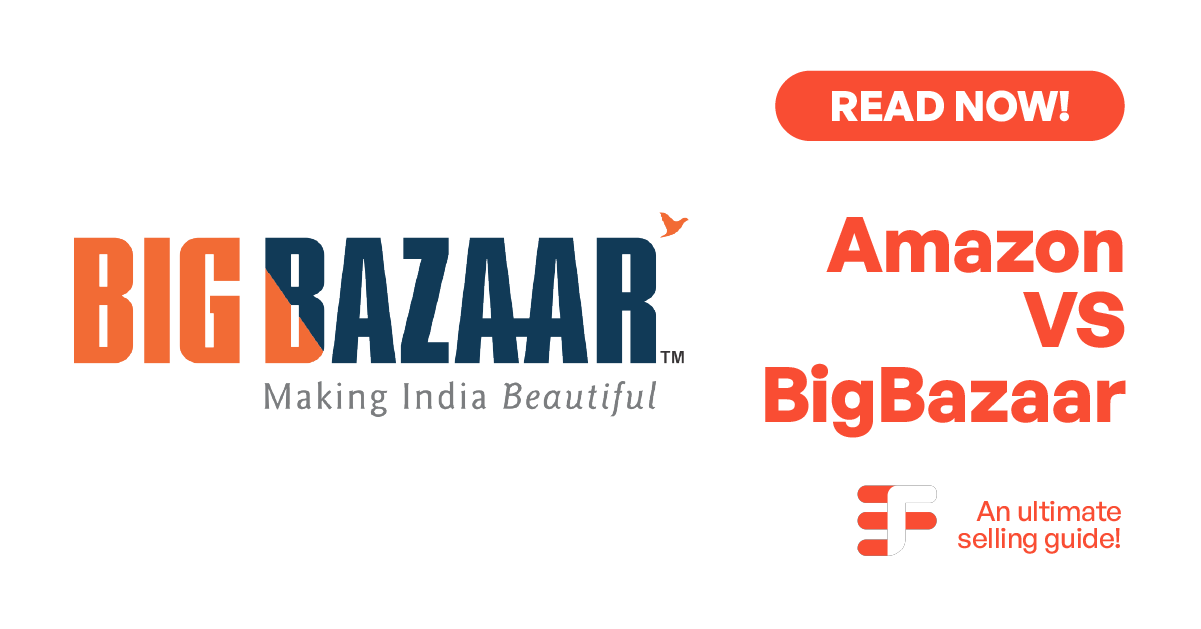Table of Contents
TogglePotential Of clothes selling in 2024
The potential for selling clothes in the U.S. in 2024 is significant, with the apparel market projected to generate approximately $358.7 billion in revenue. As e-commerce continues to grow, fashion and apparel are becoming increasingly important in the U.S.
Selling on platforms like Amazon can greatly enhance visibility and reach. Amazon is the largest online retailer in the U.S., offering sellers access to millions of customers. The platform’s convenience, combined with features like customer reviews and fast shipping, encourages high conversion rates. In the competitive landscape of online clothing sales, focusing on mobile optimization is crucial, as 80% of fashion site traffic comes from mobile devices.
Sales data indicates a growing trend: clothing purchases online are expected to rise, especially during peak shopping seasons. For example, online shopping spikes about 47.7% during the holiday season. As more consumers opt for online shopping, particularly younger generations, the opportunities for selling clothing will continue to expand.
Types Of Clothes You Can Sell on Amazon
Men’s Clothing
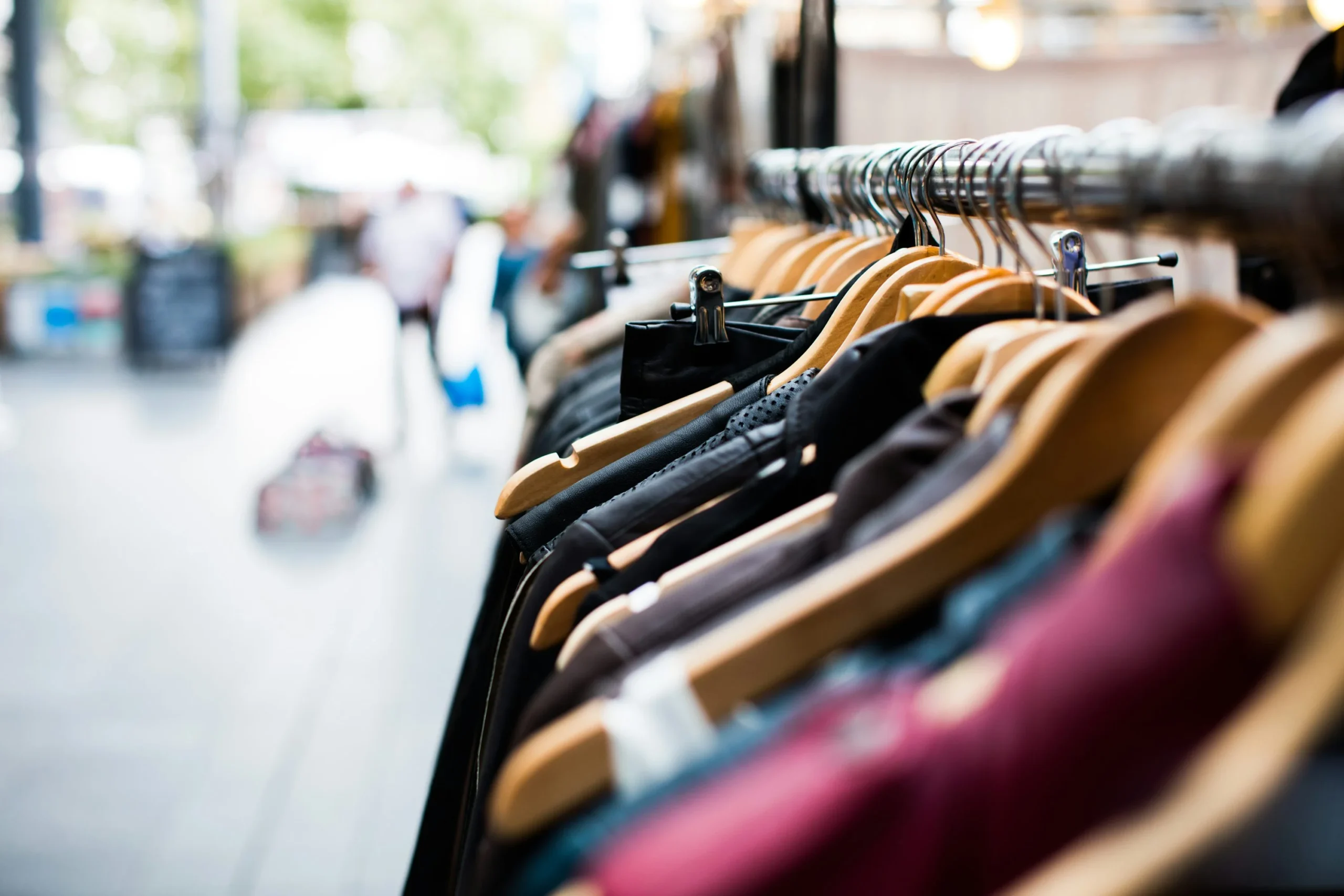
The men’s clothing category offers a wide range of options, including shirts, trousers, jackets, and active wear. This market allows sellers to cater to various styles, from formal to casual attire. There is also potential for niche segments, such as workwear or outdoor clothing.
Seasonal items, like swim trunks and winter jackets, can boost sales throughout the year. With men’s fashion trends evolving, staying updated can help sellers meet customer demands effectively.
- Cost: $15 to $40 per item
- Profit: $30 to $100
- Example: A casual button-up shirt priced at $50, costing $20 to produce, yields a profit of $30.
Women’s Clothing
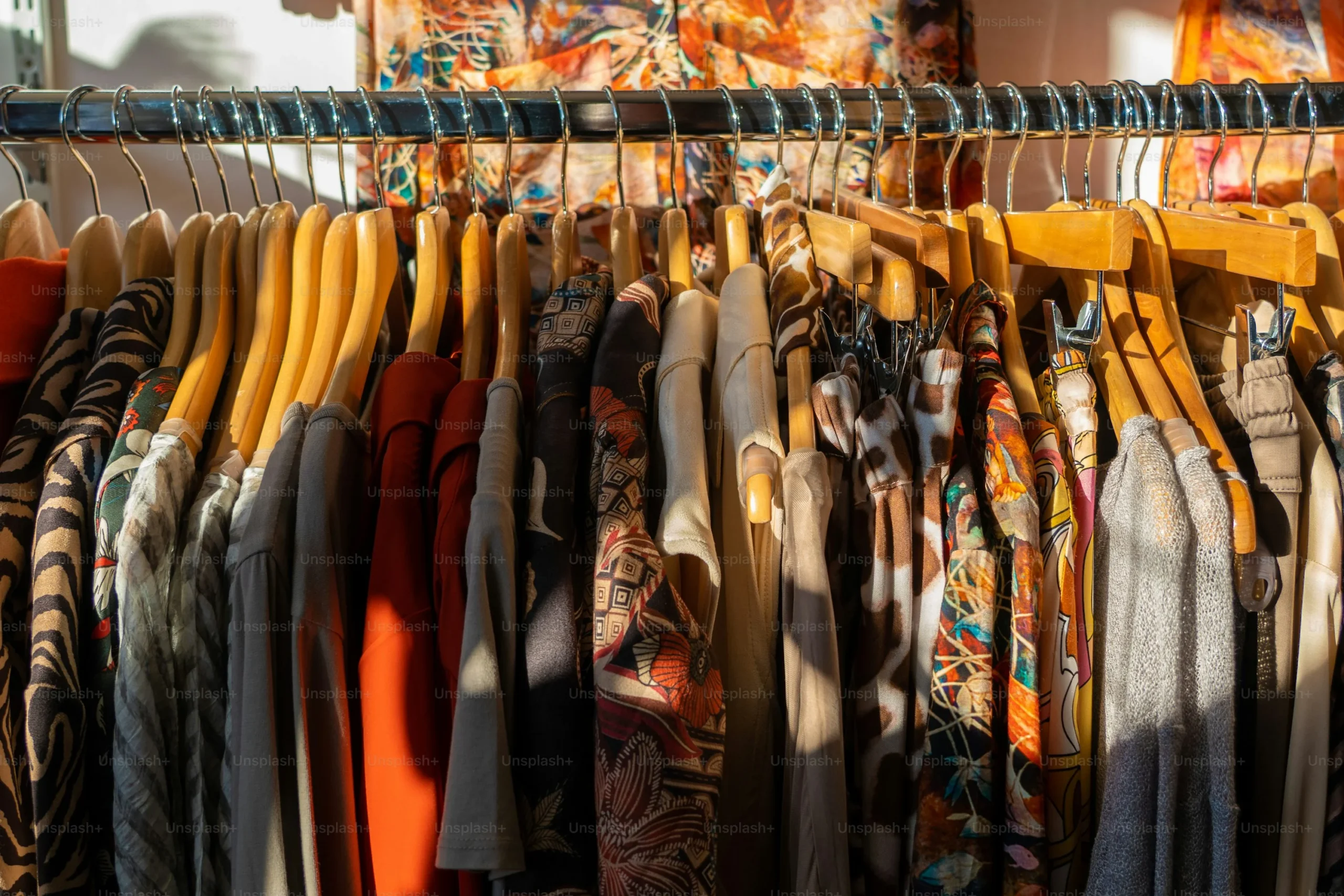
Women’s fashion encompasses a vast array of styles, including dresses, blouses, skirts, and outerwear. The demand for plus-size clothing is on the rise, reflecting a broader movement toward body positivity and inclusivity in fashion. Maternity wear is another growing niche, as more women seek stylish options during pregnancy.
Sellers can also explore seasonal trends, such as summer dresses or winter coats. With diverse styles available, there are numerous opportunities to attract different customer demographics.
- Cost: $20 to $60 per item
- Profit: $40 to $120
- Example: A summer dress priced at $70, costing $30 to produce, yields a profit of $40.
Children’s Clothing

Children’s clothing is a vibrant market segment that spans from infants to teenagers. This category includes everyday wear, formal attire for special occasions, and seasonal clothing, such as swimwear and winter jackets. Parents are often looking for durability and comfort in children’s clothes, making quality an essential factor. The growth of online shopping has also increased demand for unique and stylish options. By offering a variety of sizes and styles, sellers can appeal to a wide range of customers.
- Cost: $10 to $30 per item
- Profit: $20 to $60
- Example: A winter jacket priced at $50, costing $25 to produce, yields a profit of $25.
Activewear

The popularity of fitness and wellness trends has significantly boosted the activewear market. Items such as yoga pants, gym shorts, sports bras, and athleisure outfits are in high demand among health-conscious consumers. This category attracts individuals seeking both style and functionality, whether for workouts or casual wear.
Brands that emphasize comfort, performance, and trendy designs can gain a competitive edge. Additionally, the rise of fitness influencers can drive interest and sales in activewear products.
- Cost: $20 to $50 per item
- Profit: $40 to $100
- Example: A set of yoga pants priced at $60, costing $25 to produce, yields a profit of $35.
Accessories

Clothing accessories play a crucial role in completing outfits and enhancing overall fashion appeal. Items like hats, scarves, belts, and socks can complement clothing sales and often have higher profit margins. Accessories also encourage impulse buying, as they can be added easily to a shopping cart. Seasonal accessories, such as winter gloves or summer hats, can attract customers looking for specific items. By offering a diverse range of accessories, sellers can enhance their overall product offering and attract more buyers.
- Cost: $5 to $20 per item
- Profit: $15 to $50
- Example: A stylish scarf priced at $30, costing $10 to produce, yields a profit of $20.
Specialty Clothing
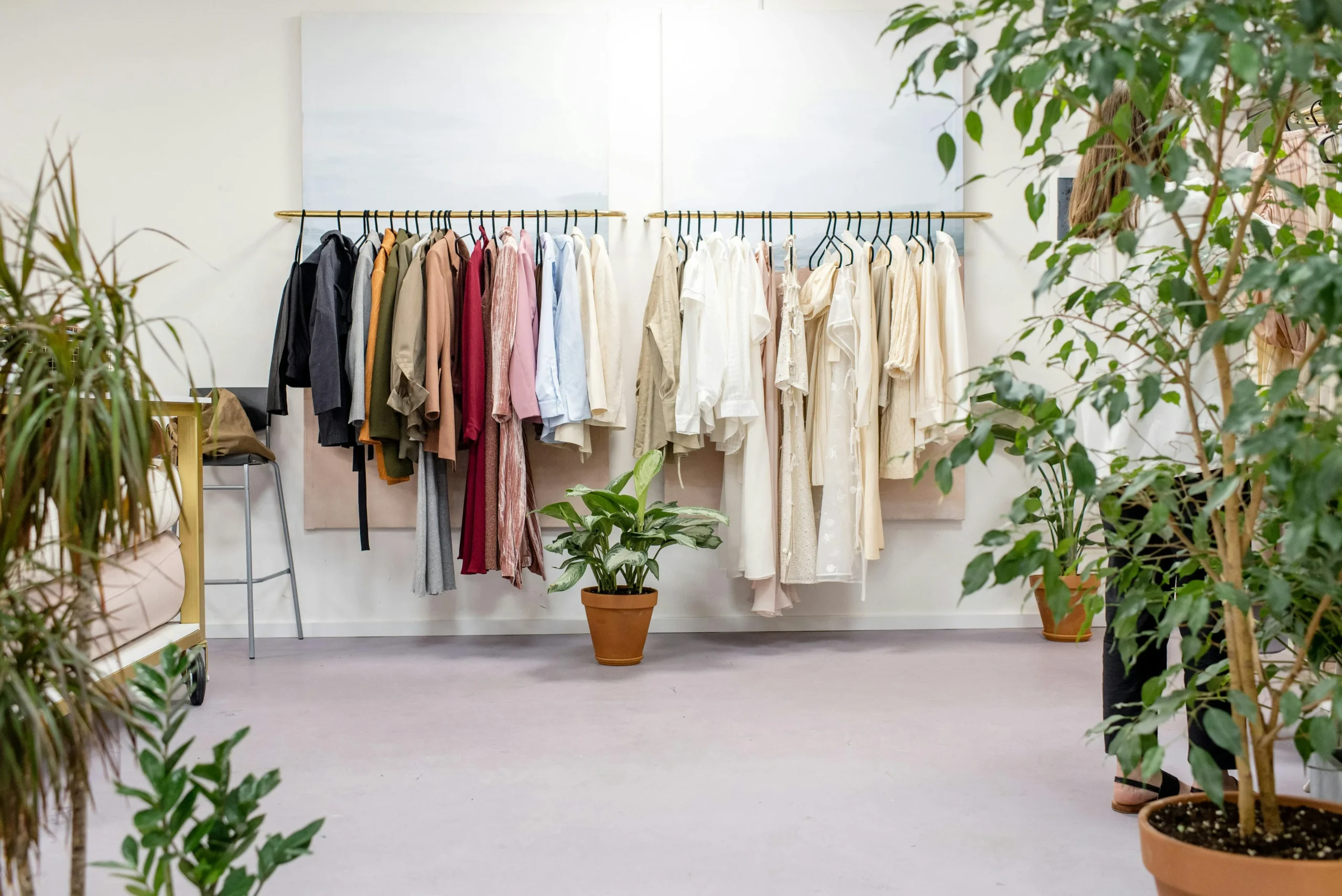
Specialty clothing items, such as costumes, workwear, or outdoor apparel, provide unique selling opportunities. These niche products cater to specific customer needs and interests, often resulting in dedicated buyer bases.
For instance, costumes see increased demand during holiday seasons like Halloween, while outdoor apparel appeals to adventure enthusiasts. Sellers can capitalize on trends and specific events to drive sales in this category. By understanding the target market for specialty clothing, sellers can effectively position their products for success.
- Cost: $20 to $70 per item
- Profit: $40 to $150
- Example: A Halloween costume priced at $80, costing $30 to produce, yields a profit of $50.
Source the clothes If you are not manufacturer
Sourcing clothes for resale on Amazon can be a strategic process that involves various methods and suppliers. Here are some effective ways to source clothing for your Amazon business:
Wholesale Suppliers
Partnering with wholesale suppliers is one of the most common methods for sourcing clothing. These suppliers sell items in bulk at discounted prices, allowing you to maintain healthy profit margins. Research reputable wholesalers, attend trade shows, and utilize online directories to find suppliers who offer the types of clothing you want to sell. Ensure they provide quality products and good customer service to build a reliable partnership.
Drop shipping
Drop shipping allows you to sell clothing without holding inventory. You work with a supplier who ships products directly to your customers. This method reduces upfront costs and minimizes risk since you only pay for items after they’re sold. Look for reliable drop shipping platforms or suppliers that have a good reputation and a wide range of clothing options to choose from.
Liquidation and Overstock Sales
Purchasing liquidation pallets or overstock items can be a cost-effective way to source clothing. Retailers often sell unsold inventory at a significant discount, allowing you to acquire products at lower prices. Look for liquidation websites or auctions that specialize in clothing to find deals. However, inspect the quality and condition of the items before purchasing to ensure they meet your standards.
Local Boutiques and Markets
Consider sourcing clothing from local boutiques and markets. This approach allows you to discover unique items that aren’t widely available online. Establish relationships with local designers or shop owners to explore potential wholesale opportunities. Unique offerings can help differentiate your Amazon store and attract niche customers.
Approve & Setting Up Your Clothes Selling Account on Amazon

- Product Authenticity: Ensure all clothing items are genuine and not counterfeit. Selling replicas can lead to account suspension.
- Quality Standards: Clothing must meet certain quality standards. Items should be free from defects and meet any relevant safety regulations.
- Restricted Categories: Some categories, such as adult clothing or items with specific materials (e.g., fur), may require additional approval. Check the Amazon Restricted Products guideline page for details.
Account Creation
To begin selling clothes on Amazon, navigate to the Amazon Seller Central website and choose between two account types: Individual or Professional. An Individual account is suitable for those who plan to sell fewer than 40 items per month, while a Professional account is ideal for high-volume sellers and includes additional features for a monthly fee.
Fill out the necessary information, including your business name, email address, and password. After this, you’ll need to provide your tax identification number and bank account details for payment processing.
Account Settings
Once your account is created, configure your account settings. This includes setting up your shipping options, return policies, and payment methods. Ensure your seller profile is complete and engaging, as this helps attract potential buyers.
By understanding the account setup process and adhering to privacy guidelines, you can successfully establish your clothing selling business on Amazon.
Crafting a Compelling Branding Strategies
Define the core principles of your brand. What values are most important to you? Whether it’s quality, sustainability, community, or another focus, clearly communicating these values fosters a deeper emotional bond with your audience. Pinpoint your ideal customers by identifying their characteristics. Gain insights into their preferences, interests, and challenges, as this understanding will inform your branding approach.
Identify what sets your clothes brand apart from the competition. This could involve the way you source your beans, your roasting techniques, or distinctive flavor profiles. Ensure that this uniqueness is effectively communicated to your audience.
Unique Packaging
Your packaging should reflect your brand identity and create a memorable unboxing experience. Consider using eco-friendly materials to appeal to environmentally conscious consumers. Custom branding elements, such as logo stickers, tissue paper, and personalized thank-you notes, can enhance the overall presentation and make your brand feel more cohesive.
Strategic Pricing
Pricing plays a crucial role in positioning your brand. Conduct market research to understand what competitors charge and identify your target market’s price sensitivity. Use pricing strategies such as tiered pricing for different product lines or discounts for bulk purchases to attract customers. Ensure that your prices reflect the perceived value of your brand, balancing affordability with quality.
Thoughtful Inventory Management:
Effective inventory management is vital for maintaining brand reputation and customer satisfaction. Use analytics to track sales trends and adjust your inventory accordingly, ensuring popular items are always in stock. Consider seasonal trends and plan ahead for high-demand periods, like holidays.
Consistent Branding Elements
Consistency in branding elements such as logos, color schemes, and fonts—across all marketing channels is essential. This helps establish brand recognition and fosters trust among consumers. Utilize social media, email marketing, and your website to showcase your brand story and engage with customers regularly.
Leveraging Amazon FBA for Selling clothes

Utilizing Amazon’s Fulfillment by Amazon (FBA) program can greatly enhance your clothing-selling business. FBA enables sellers to store their products in Amazon’s warehouses, where the company takes care of storage, packing, shipping, and customer service. Here are the key advantages of leveraging Amazon FBA for selling clothes:
- Streamlined Logistics
FBA simplifies the operational aspects of running your clothing business. By outsourcing storage and shipping to Amazon, you can concentrate on sourcing and marketing your products. Amazon’s advanced logistics network ensures quick and reliable delivery, improving customer satisfaction and increasing the likelihood of positive reviews.
- Access to Amazon Prime Customers
Products fulfilled by Amazon are eligible for Amazon Prime, appealing to millions of Prime members who desire fast and free shipping. This can significantly enhance your product visibility and sales, as Prime members tend to favor items that qualify for their membership benefits.
- Increased Credibility
Using FBA enhances your brand’s credibility. Customers are more likely to trust products fulfilled by Amazon because of the company’s reputation for reliable service and hassle-free returns. This trust can translate into higher conversion rates and increased customer loyalty.
- Efficient Inventory Management
FBA offers tools for effective inventory management, allowing you to keep track of stock levels and automate reordering processes. This ensures you never run out of popular items and helps manage seasonal inventory fluctuations smoothly.
Costs of Using Amazon FBA
While Amazon FBA provides numerous benefits, it also incurs various costs that sellers should be aware of:
- Fulfillment Fees: These are charged per unit based on the size and weight of the products you sell. For standard-size items, the fee generally includes picking, packing, and shipping costs. For example, in the U.S., standard-size items might incur a fee of around $2.50 to $5.00 per unit.
- Monthly Storage Fees: Amazon charges a monthly fee for storing your products in their warehouses. This fee is based on the amount of space your products occupy. Typically, the fee ranges from $0.75 per cubic foot from January to September and increases during the holiday season (October to December).
- Long-Term Storage Fees: If your inventory remains in Amazon’s warehouses for more than 365 days, you may incur additional long-term storage fees. This is typically $6.90 per cubic foot or $0.15 per unit, whichever is greater.
- Returns Processing Fees: If your clothing items are returned, Amazon may charge a returns processing fee for each returned item, which varies based on size and weight.
Do Amazon Marketing or Hire an Amazon Consultant

When it comes to promoting your clothing business on Amazon, you have two main options: managing your marketing efforts in-house or hiring an Amazon consultant. Each approach has its benefits, depending on your business goals and expertise.
Amazon Storefront Design
Creating a visually appealing and functional Amazon storefront is crucial for attracting customers. An Amazon consultant can help you design a storefront that showcases your brand and products effectively. They understand best practices for layout, imagery, and copy that resonate with shoppers. A well-designed storefront can enhance brand recognition and lead to increased sales.
Amazon PPC Advertising
Pay-per-click (PPC) advertising on Amazon is an effective way to drive traffic to your listings. Running PPC campaigns requires expertise in keyword research, bid management, and campaign optimization. A consultant can help you develop targeted ad campaigns that maximize your return on investment. They can analyze performance data and make adjustments to improve ad effectiveness, ensuring your clothing items reach the right audience.
Hire Ecomfleet to Skyrocket your Amazon sales
If you are unsure where to start or need expert help, consider reaching out to Ecomfleet. Our experienced consultants can help your coffee brand thrive in a competitive market. Let us handle the details so you can enjoy the rewards of your hard work.
Tracking Sales and Analyzing Performance
Tracking sales and analyzing performance are essential components of running a successful clothing business on Amazon. By closely monitoring these metrics, you can gain valuable insights into customer behavior, identify trends, and make informed decisions that drive growth.
Start by utilizing Amazon’s built-in reporting tools, which provide detailed information about your sales performance. Key metrics to monitor include total sales, units sold, and revenue generated over specific time periods. Setting up sales reports allows you to assess which products are performing well and which ones may need adjustments.
Tracking seasonal trends is also crucial, as clothing sales can fluctuate based on various factors, such as holidays and fashion trends.
In addition to sales figures, analyze performance metrics like conversion rates, click-through rates (CTR), and customer feedback. A high conversion rate indicates that your product listings are appealing to customers, while a low rate may suggest the need for better images, descriptions, or pricing strategies. Monitoring CTR helps assess the effectiveness of your marketing efforts, especially if you’re using Amazon PPC advertising.
Some Top clothes Sellers or Benchmark Sellers on Amazon
Amazon is home to numerous successful clothing sellers that have effectively leveraged the platform to build their brands and achieve significant sales. Here are some of the top clothing sellers and benchmark brands on Amazon, known for their strategies and market presence:
Amazon Essentials
Amazon Essentials offers a wide range of affordable, everyday clothing essentials for men, women, and children. The brand focuses on quality and value, providing customers with reliable basics that cater to various needs. Their success stems from competitive pricing, positive customer reviews, and efficient logistics through Amazon’s FBA program.
Cost: $10 – $30 per item
Levi’s
As a leading denim brand, Levi’s has successfully established a strong presence on Amazon. The brand effectively combines its rich heritage with modern marketing strategies, leveraging high-quality product images and engaging descriptions to attract customers. Their iconic jeans and apparel have made them a go-to choice for denim lovers on the platform.
Cost: $50 – $120 per item
Under Armour
Known for its innovative athletic apparel, Under Armour utilizes Amazon to reach a broader audience. The brand focuses on performance-driven clothing, which appeals to fitness enthusiasts. By employing targeted advertising strategies and optimizing its product listings, Under Armour has maintained a strong foothold in the competitive activewear market on Amazon.
Cost: $25 – $100 per item
Hanes
Hanes is recognized for its comfortable and affordable clothing, including T-shirts, underwear, and activewear. The brand successfully leverages Amazon’s platform to reach diverse demographics. Hanes’ ability to offer bulk purchasing options and discounts has helped it attract budget-conscious shoppers, enhancing its visibility and sales.
Cost: $5 – $30 per item
Columbia Sportswear
Columbia is a well-established outdoor apparel brand that effectively showcases its products on Amazon. By highlighting features like waterproofing and thermal insulation in their product descriptions, Columbia appeals to outdoor enthusiasts. Their extensive range of products caters to various outdoor activities, making them a popular choice among Amazon shoppers.
Cost: $40 – $150 per item
Conclusion
In the competitive landscape of selling clothes on Amazon, success hinges on a combination of effective strategies, diligent tracking, and an understanding of market dynamics. By leveraging tools like Amazon FBA, optimizing your storefront, and utilizing targeted marketing techniques, you can enhance your brand visibility and attract more customers.
Frequently Asked Questions:
What is the best way to start selling clothes on Amazon?
To start selling clothes on Amazon, create a seller account on Amazon Seller Central, choose between an Individual or Professional account, and set up your product listings. Focus on sourcing quality clothing, optimizing your listings with engaging images and descriptions, and utilizing marketing strategies like Amazon PPC to drive traffic.
How do I optimize my clothing listings for better visibility?
Optimizing your clothing listings involves using relevant keywords in your product titles and descriptions, providing high-quality images, and including size charts and detailed product information. Regularly updating your listings and monitoring performance metrics can further improve visibility.
Should I use Amazon FBA or fulfill orders myself?
Using Amazon FBA can streamline logistics, as Amazon handles storage, packing, and shipping. This option allows you to take advantage of Prime eligibility and enhances customer trust. If you prefer more control over shipping and fulfillment, you can choose to fulfill orders yourself, but this requires more time and resources.
How can I effectively market my clothing brand on Amazon?
To market your clothing brand effectively on Amazon, utilize tools like Amazon Advertising to create targeted PPC campaigns, leverage social media to drive traffic to your listings, and encourage customer reviews to build credibility. Creating a compelling storefront that reflects your brand identity is also crucial.
What are some common challenges when selling clothes on Amazon?
Common challenges include competition from established brands, managing inventory effectively, navigating Amazon’s policies, and maintaining product quality. Staying informed about market trends and customer preferences can help you address these challenges successfully.

